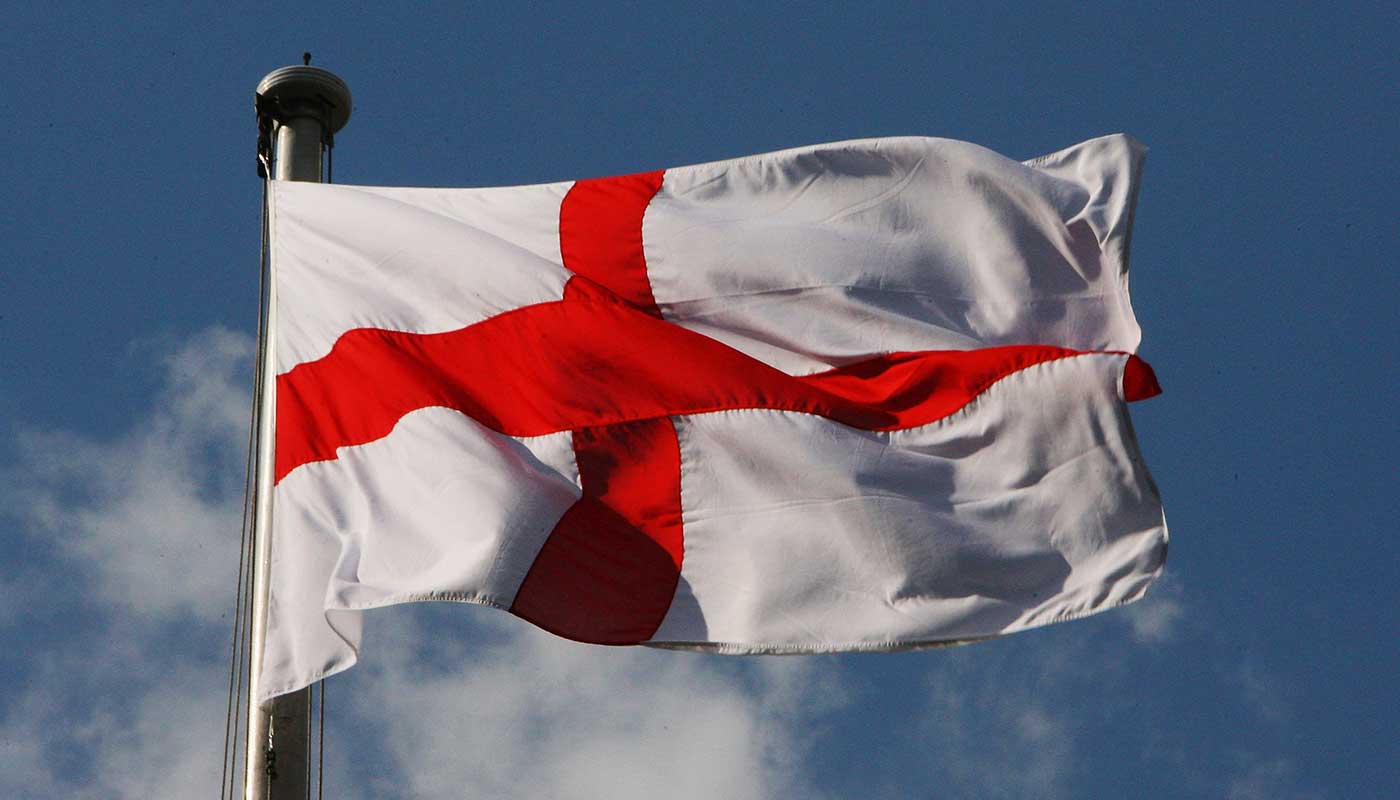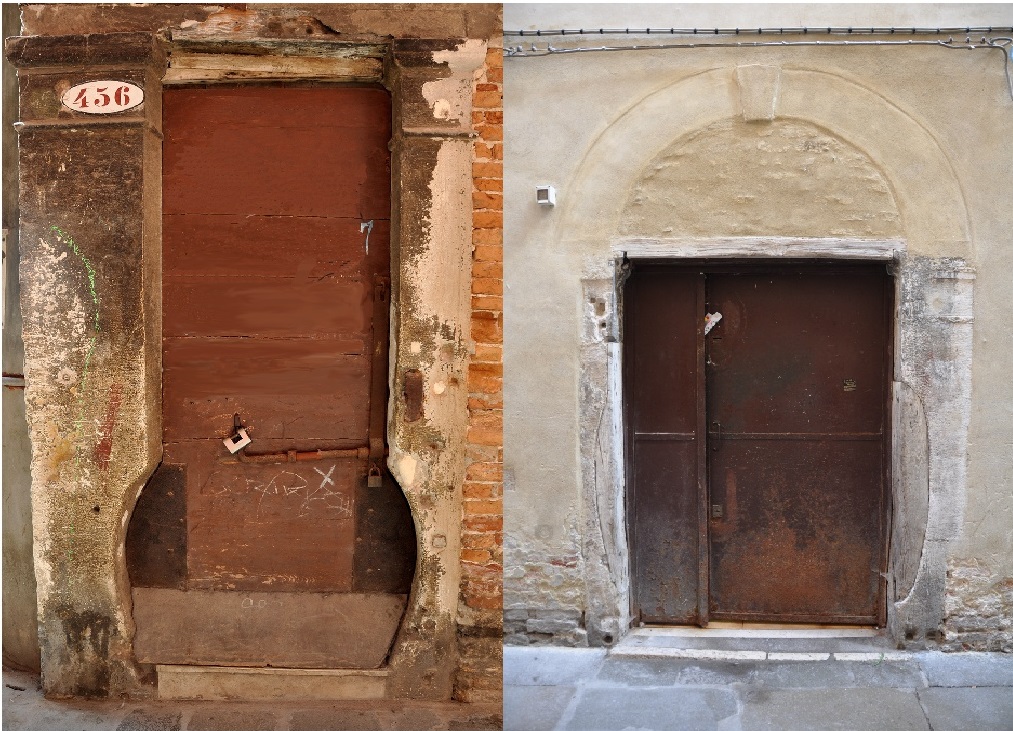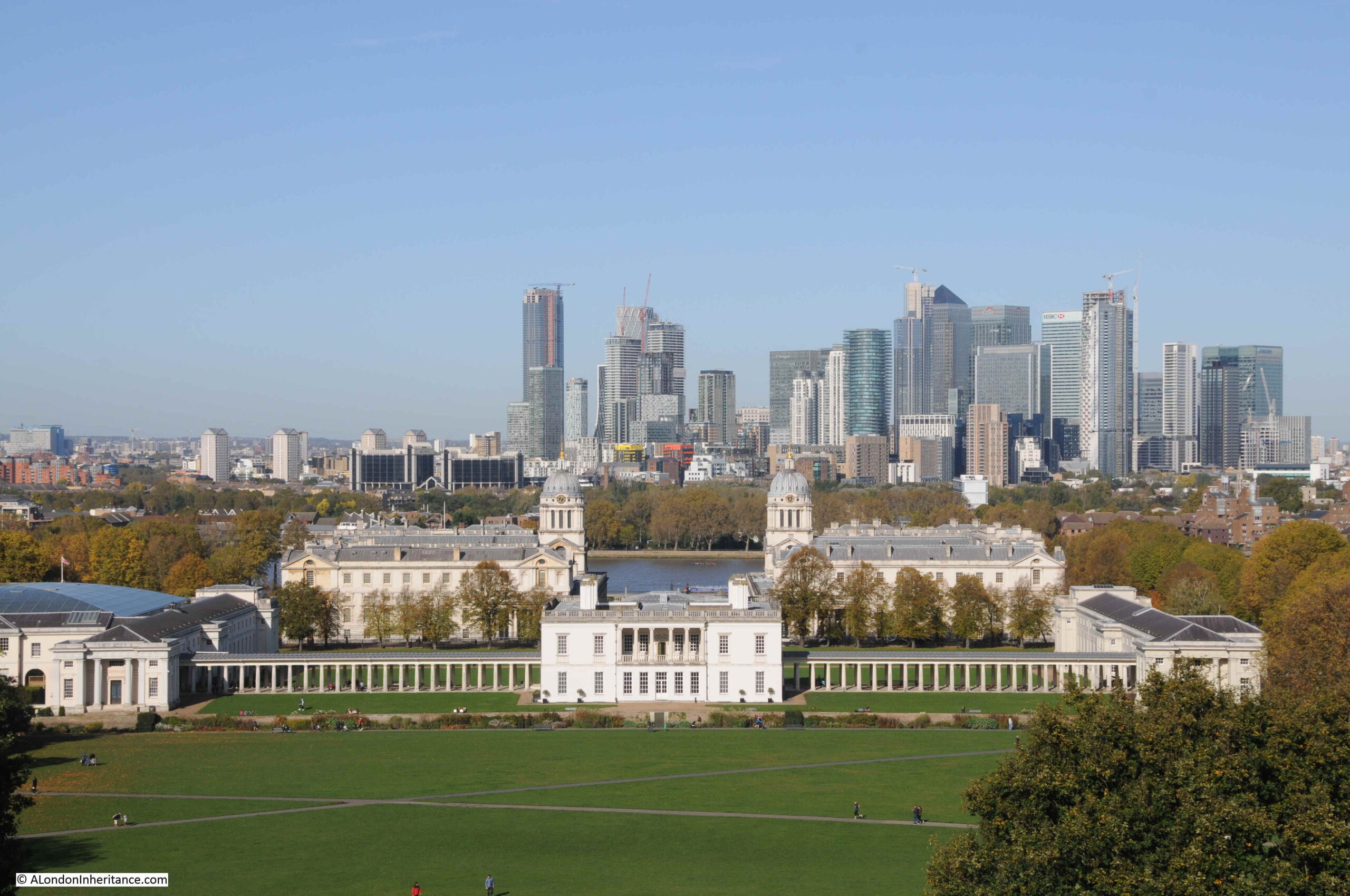The St George’s Cross has been an emblem of England since the Middle Ages. Popular folklore suggests it was Richard the Lionheart who adopted both the flag and the patron saint from the city of Genoa, in Italy’s northern Liguria region, during the Crusades. Genoa was once a powerful maritime republic, with established trading colonies throughout the Mediterranean and Black Sea, and English ships that flew the St George’s Cross, the symbol of the Genoese Navy, would have protection against enemy ships.
The English monarch paid an annual fee for the privilege of flying the Genoese flag, but over the years it seems the English simply stopped making payments. This was, of course, after they had made it their own – by the late 13th century, the St George’s Cross was becoming more prominent in public life and in 1606 it was combined with the St Andrew’s Cross to make the Union Jack.
According to Marco Bucci, the Mayor of Genoa, England stopped paying for use of the flag in 1771, when the maritime Republic of Genoa was in rapid decline. In a light-hearted letter to the Queen of England, Bucci recently enquired about the country’s arrears:
‘Your Majesty, I regret to inform you that from my books it looks like you didn’t pay for the last 247 years’.













